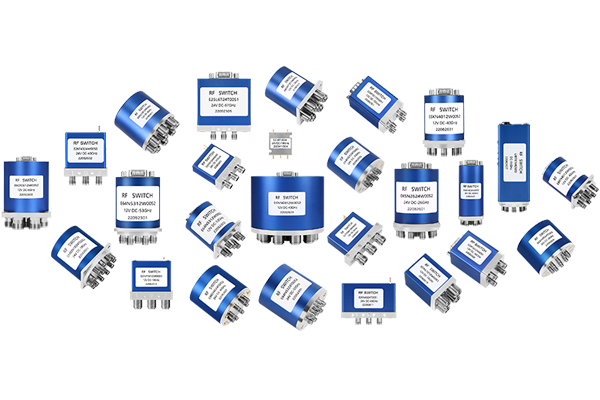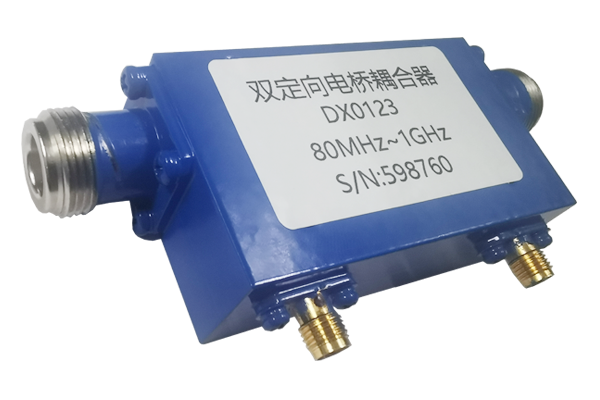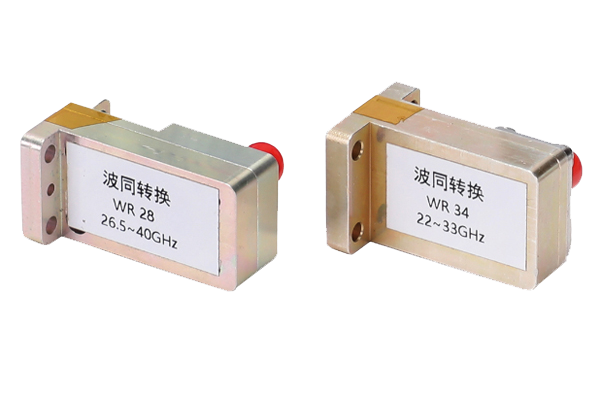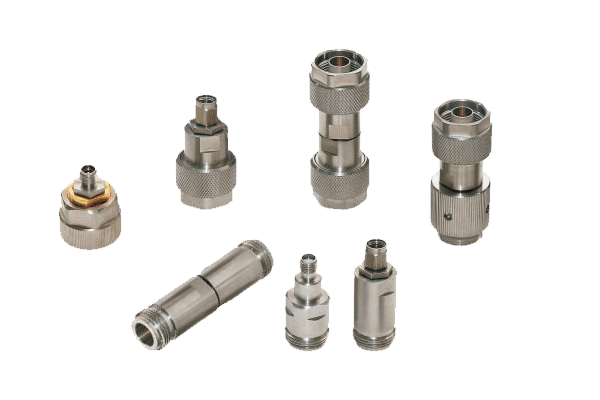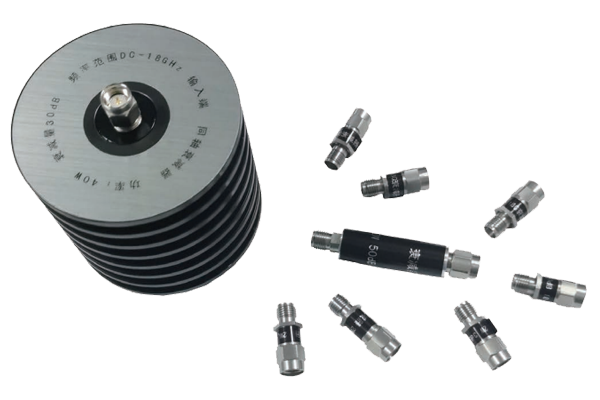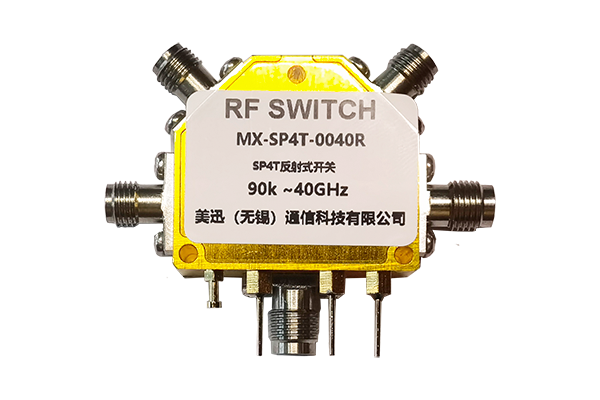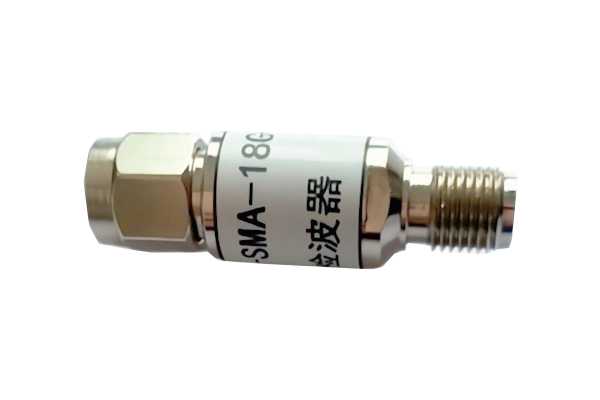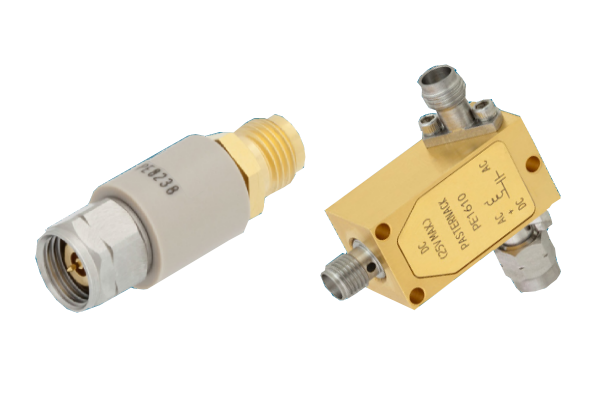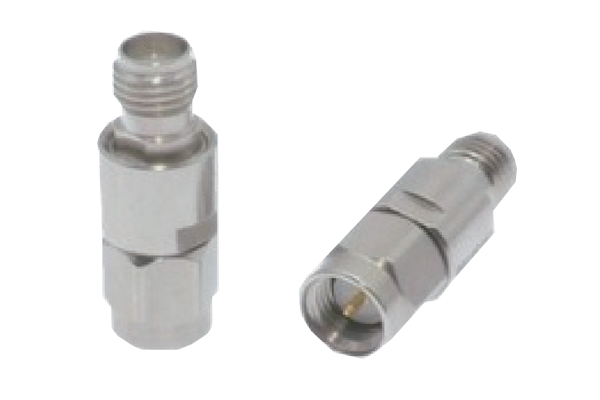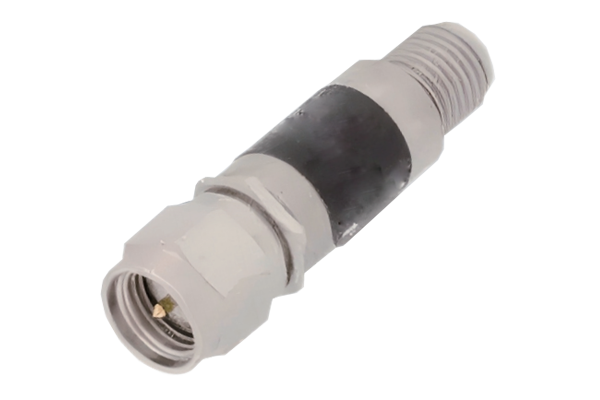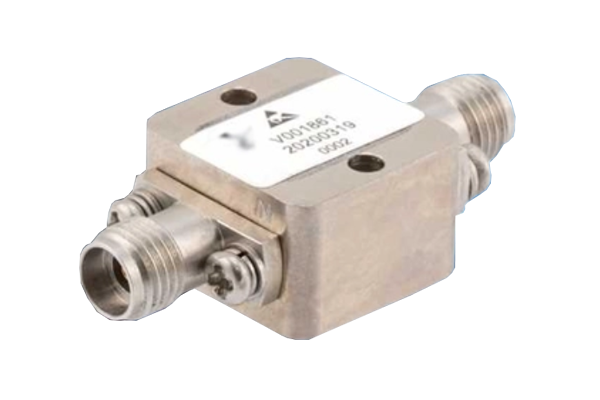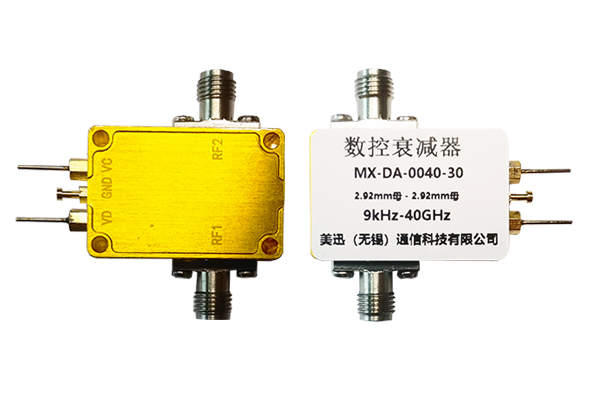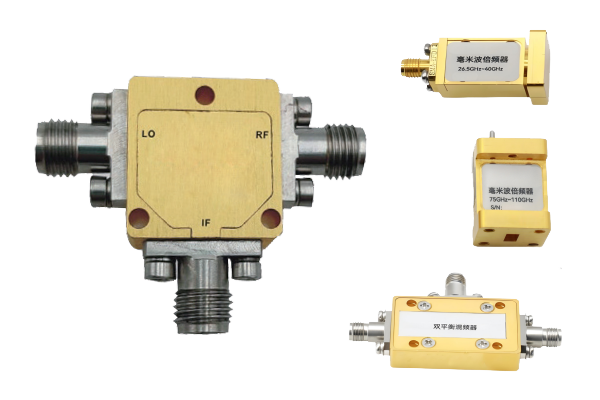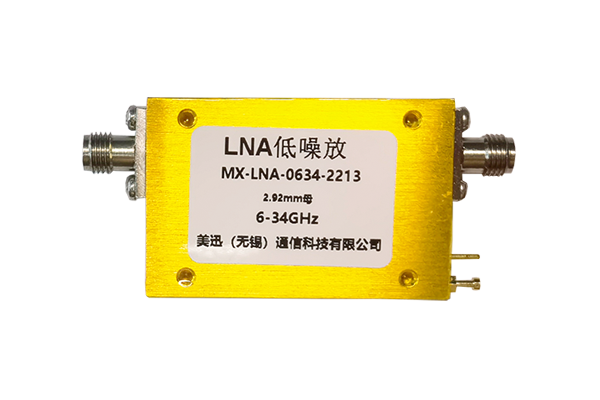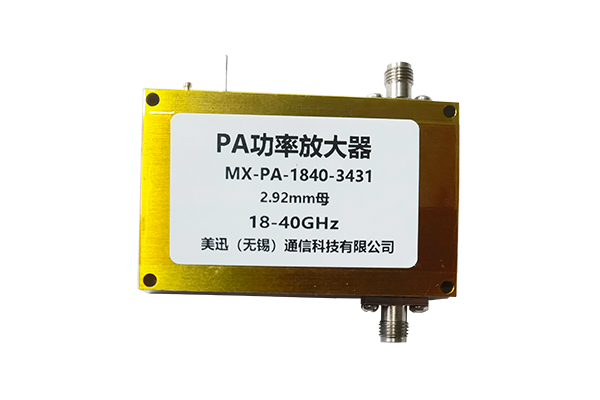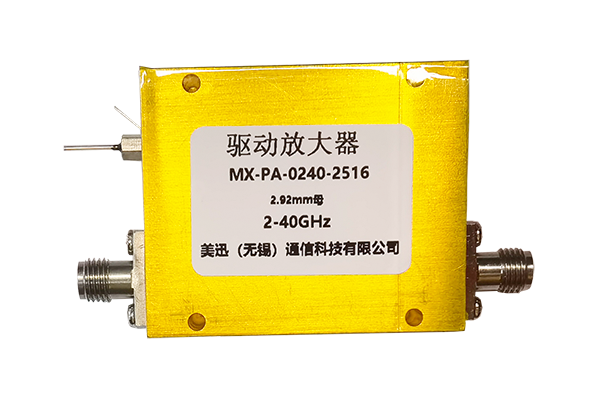Solutions to poor contact of coaxial switch
Check the cable condition
Check the cable sheath: Carefully check whether the sheath of the coaxial cable is damaged or aged. If the outer skin is damaged, the internal shielding layer and signal line may be interfered by the outside world, which may affect signal transmission and even cause poor contact. Damaged cables should be replaced in time.
Detect the inside of the cable: Use professional cable detection tools, such as cable testers, to check whether the signal line and shielding layer inside the coaxial cable are well connected and whether there is a short circuit or open circuit. If a problem is found inside the cable, the entire cable needs to be replaced to ensure normal connection with the coaxial switch.
Optimize installation and connection process
Correctly install the switch: When installing the coaxial switch, follow the requirements of the product manual to ensure that the installation position is correct and firmly fixed. Avoid improper installation that causes additional stress on the switch, thereby affecting the internal contact structure.
Standardize cable connection: When connecting coaxial cables, use appropriate tools and follow standardized operating procedures. For example, when making cable joints, ensure that the joints are tightly connected to the cable, the welding is firm (if it is a welding type joint), and the core wire and shielding layer of the cable are correctly connected to the corresponding interface of the switch to avoid cold welding, leaking welding, etc.
Regular maintenance and inspection
Establish a maintenance system: formulate a plan for regular inspection of coaxial switches, regularly check the connection status and appearance of the switches, and promptly discover potential poor contact problems. For some coaxial switches that are frequently used or work in harsh environments, the inspection cycle should be appropriately shortened.
Record and track: Keep detailed records of each inspection and maintenance, including inspection time, problems found, measures taken, etc. By analyzing these records, the operating rules and common problems of the equipment can be summarized, so that preventive measures can be taken in advance to reduce the occurrence of faults such as poor contact.



